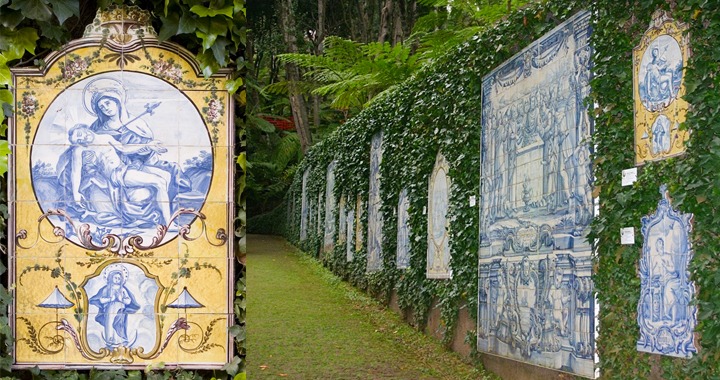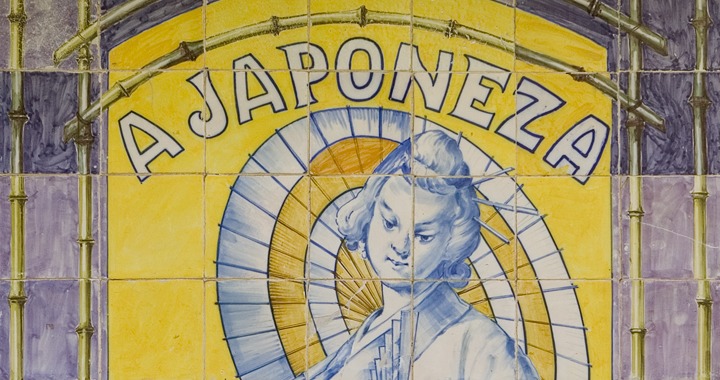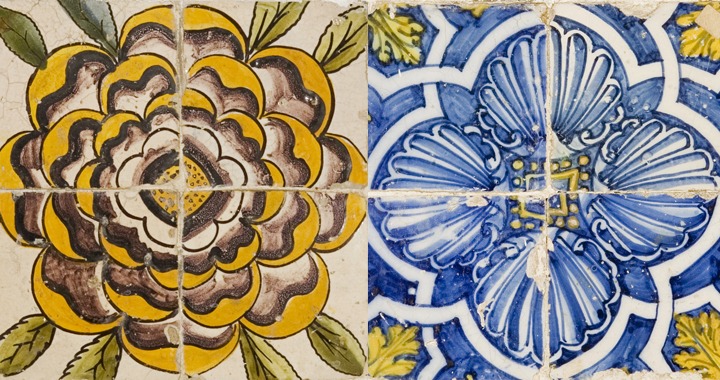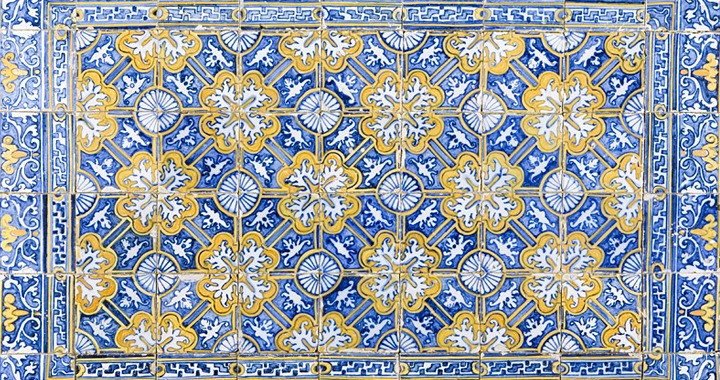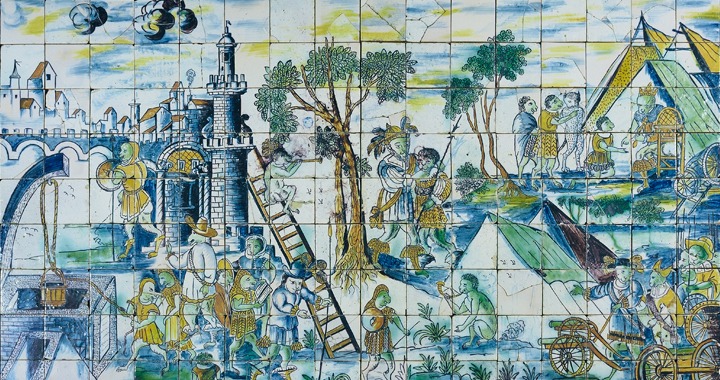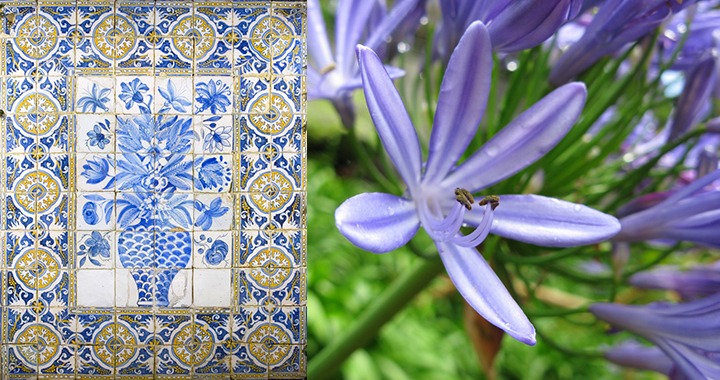Tiles from 15th to 20th Centuries
After the final expulsion of the Arabs, the Catholic Kings promoted the use of tiles in new constructions, granting licenses for the production of ceramic mosaics, known as “alicatados” since they were cut in the shape of polygons, rectangles or stars using pliers (alicate in Portuguese) and arranged in such a way as to create a design.
Three great centres of production therefore grew in Granada, Valencia and Andalusia where many Portuguese artisans were developing their techniques. The export of square tiles from the region of Valencia to the rest of the Iberian Peninsula, France and Italy, began in the 15th century. At the end of that century and in the first half of the 16th century the workshops of Seville and Malaga were the main suppliers of Hispano-Moorish tiles to Portugal.
During the era of the Portuguese Discoveries, economic prosperity resulted in an increase in the construction of churches and palaces and consequently in the production of tiles for architectural decoration. As techniques were developed, more and more decorative multi-coloured elements were introduced into the design of these tiles, giving them a geometric effect. This continued throughout the 17th century when panels representing sacred and profane motifs were also being produced for palaces.
By the end of the 17th and throughout the 18th century, Dutch influence brought about new figurative themes that are more easily recognizable such as boats, landscapes, floral vases, cavaliers, soldiers and biblical and war scenes.
The 19th century saw the semi-industrialization of patterned tiles to satisfy the new bourgeois clientele who were making their fortunes in Brazil. By the end of the 19th century the use of brightly-coloured tiles on façades was intensified, as may be seen in some Art Nouveau panels depicting flowers.
The first half of the 20th century was characterized by the parallel development of opposing creative tendencies. On the one hand there were the Modern manifestations expressed in Art Nouveau and Art Deco and on the other, traditional manifestations of a revivalist and romantic nature.
To learn more about the Berardo Tile Collection you can follow this link or browse from the links menu at the top of the website.


